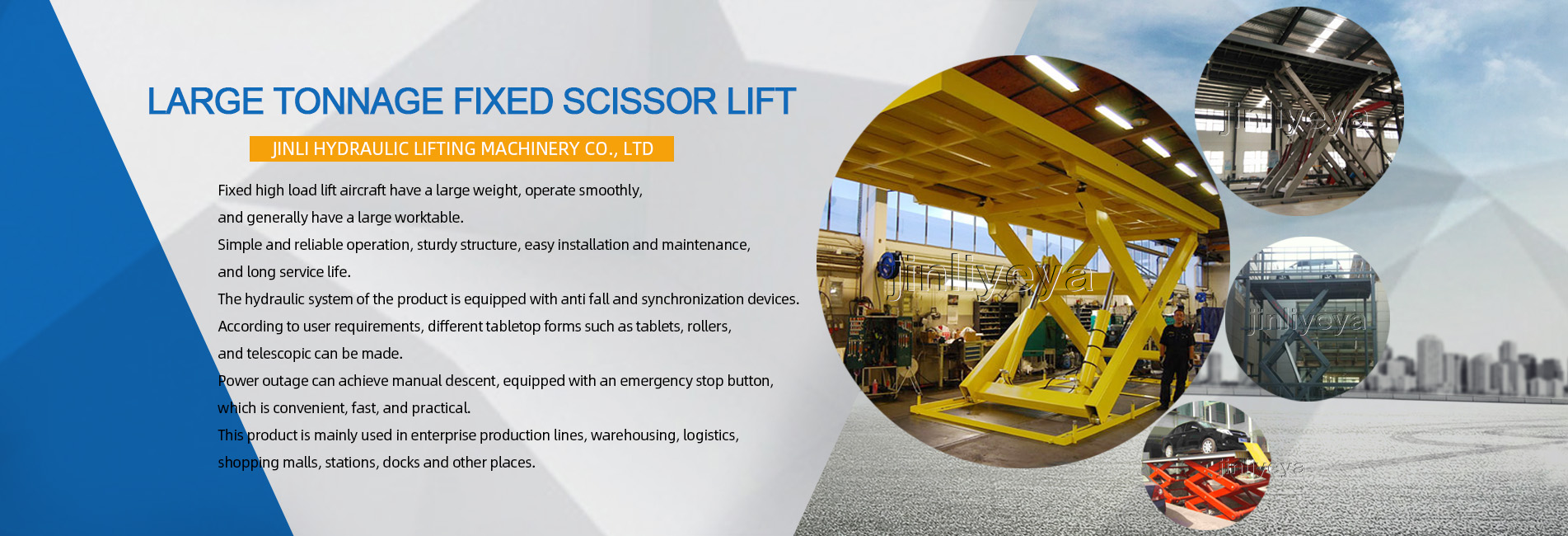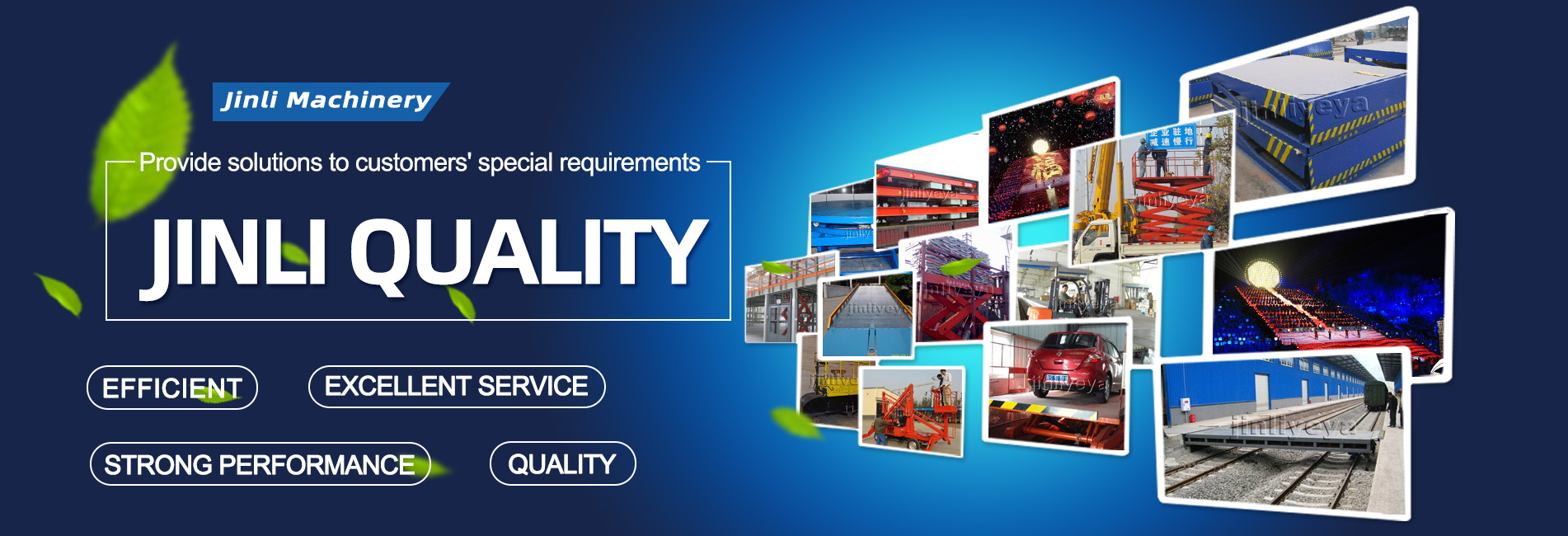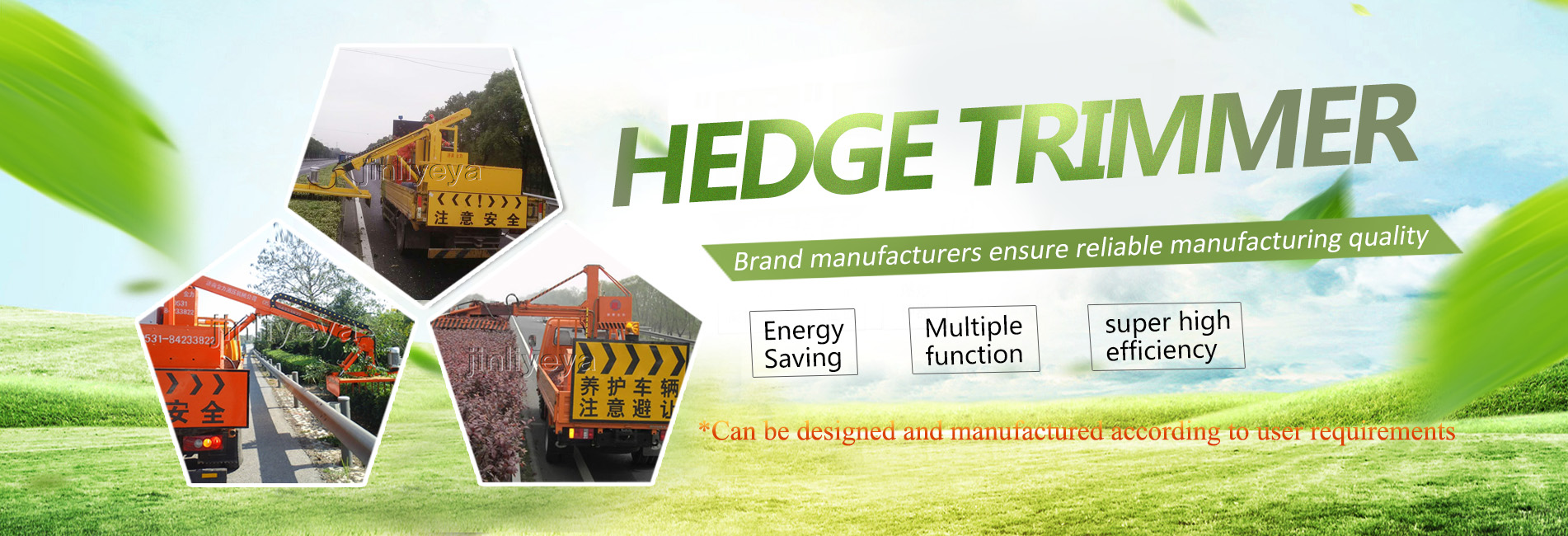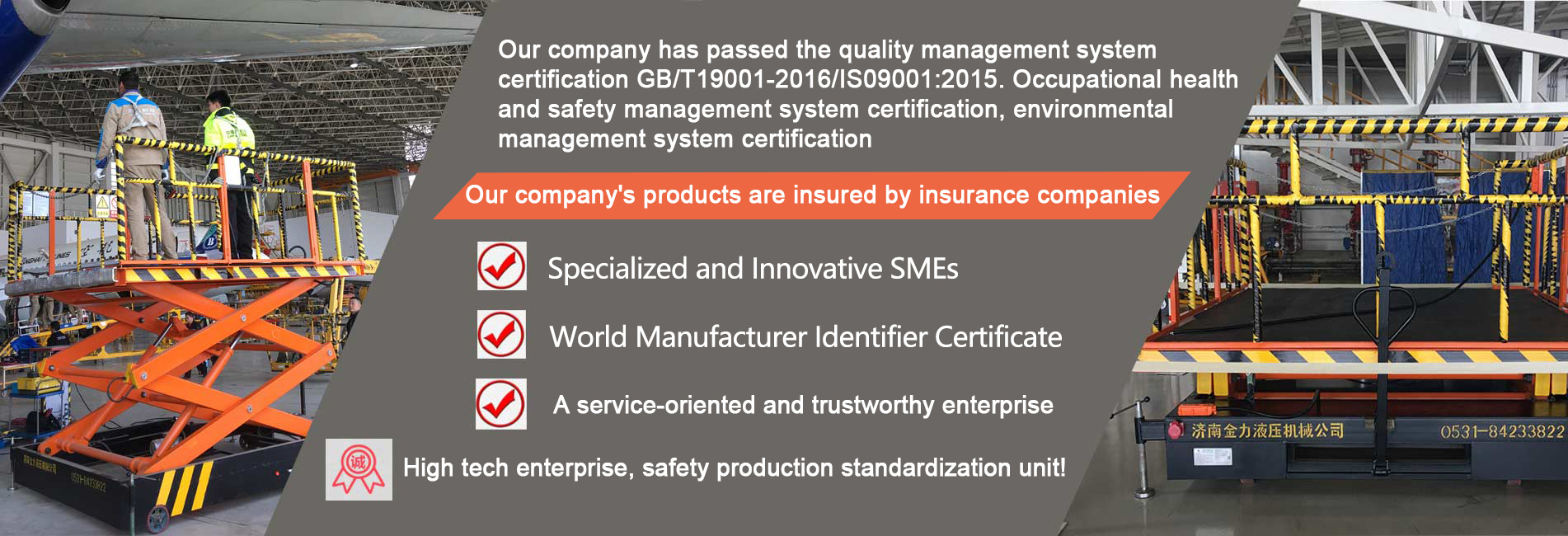The hydraulic lifting platform has a wide range of applications. Its lifting principle is that hydraulic oil is pressurized by a vane pump and enters the lower end of the hydraulic cylinder through an oil filter, explosion-proof electromagnetic valve, throttle valve, hydraulic control check valve, and balance valve, causing the piston of the hydraulic cylinder to move upward and lift heavy objects. The return oil from the upper end of the hydraulic cylinder returns to the oil tank through the explosion-proof electromagnetic valve, and its rated pressure is adjusted through the (t ō ng gu ò) relief valve. The reading value of the pressure gauge is observed through the pressure gauge.
The piston of the hydraulic cylinder moves downwards (i.e. the heavy object descends). Hydraulic oil enters the upper end of the hydraulic cylinder through an explosion-proof electromagnetic valve, and the return oil from the lower end of the cylinder returns to the oil tank through a balance valve, hydraulic control check valve, throttle valve, and explosion-proof electromagnetic valve. To ensure smooth descent of heavy objects and safe and reliable braking, a balance valve is installed on the return oil circuit to balance the circuit and maintain pressure, so that the descent speed is not affected by the heavy object. The flow rate is adjusted by a throttle valve to control the lifting speed. To ensure safe and reliable braking and prevent accidents, hydraulic control check valves, also known as hydraulic locks, are added to ensure safe self-locking in the event of an unexpected hydraulic pipeline rupture. An overload sound alarm has been installed to distinguish between overload or equipment (sh è b è i) malfunction. After understanding these principles, operating and controlling the hydraulic lifting platform becomes relatively simple, and even minor problems that arise can be solved by Emerson on their own.
{2}







